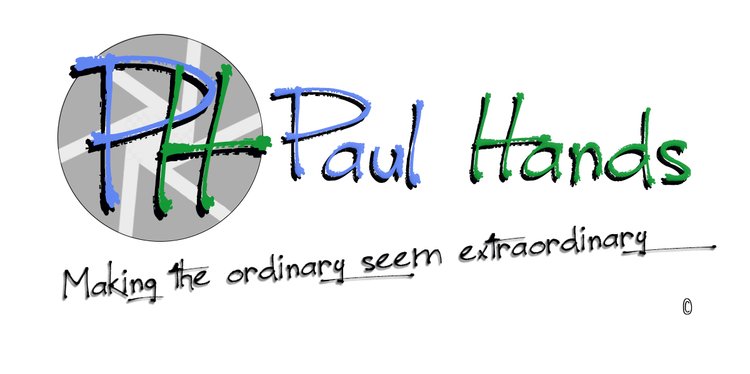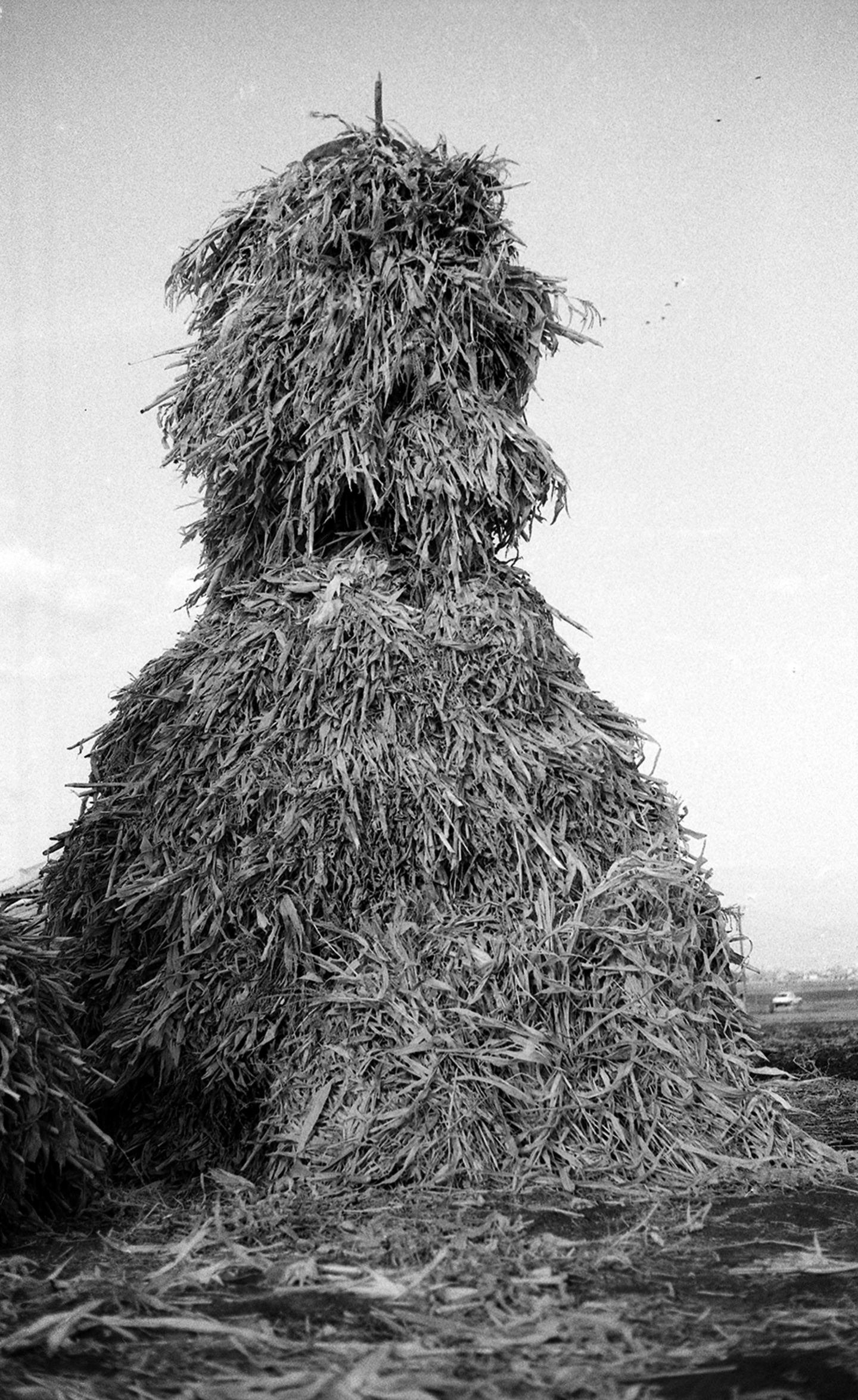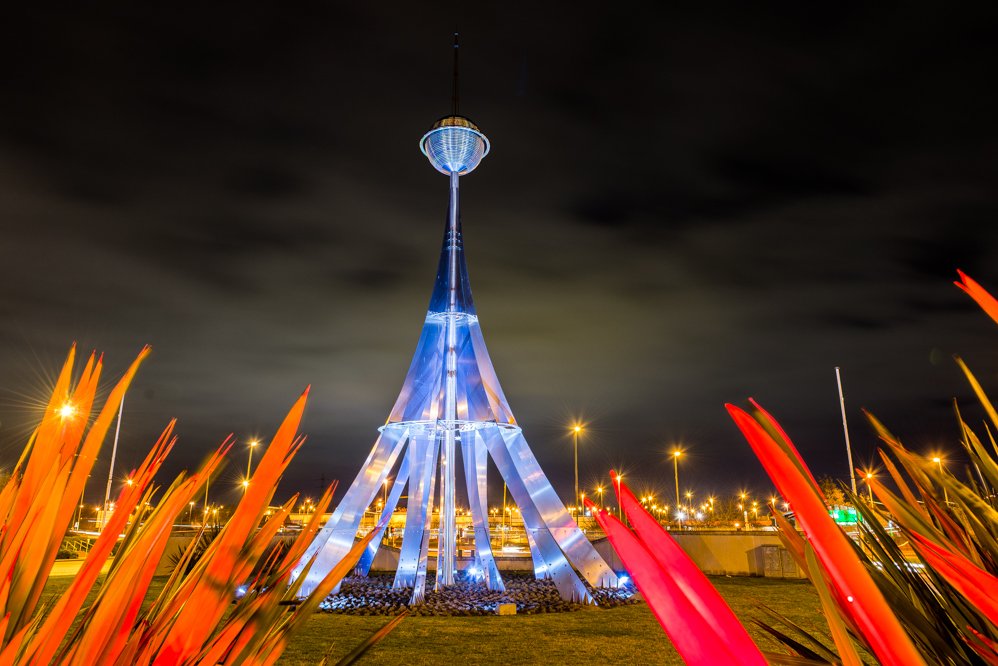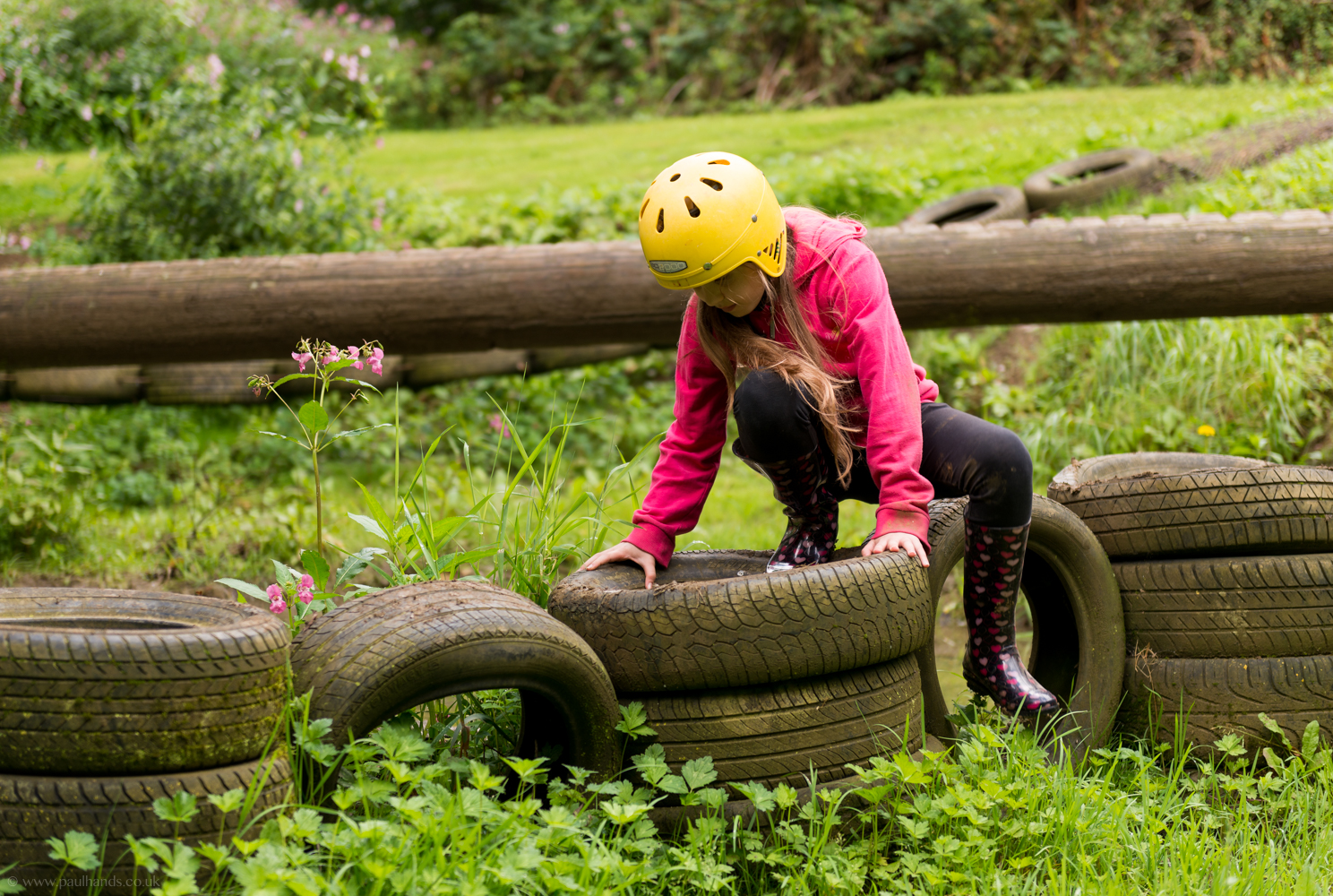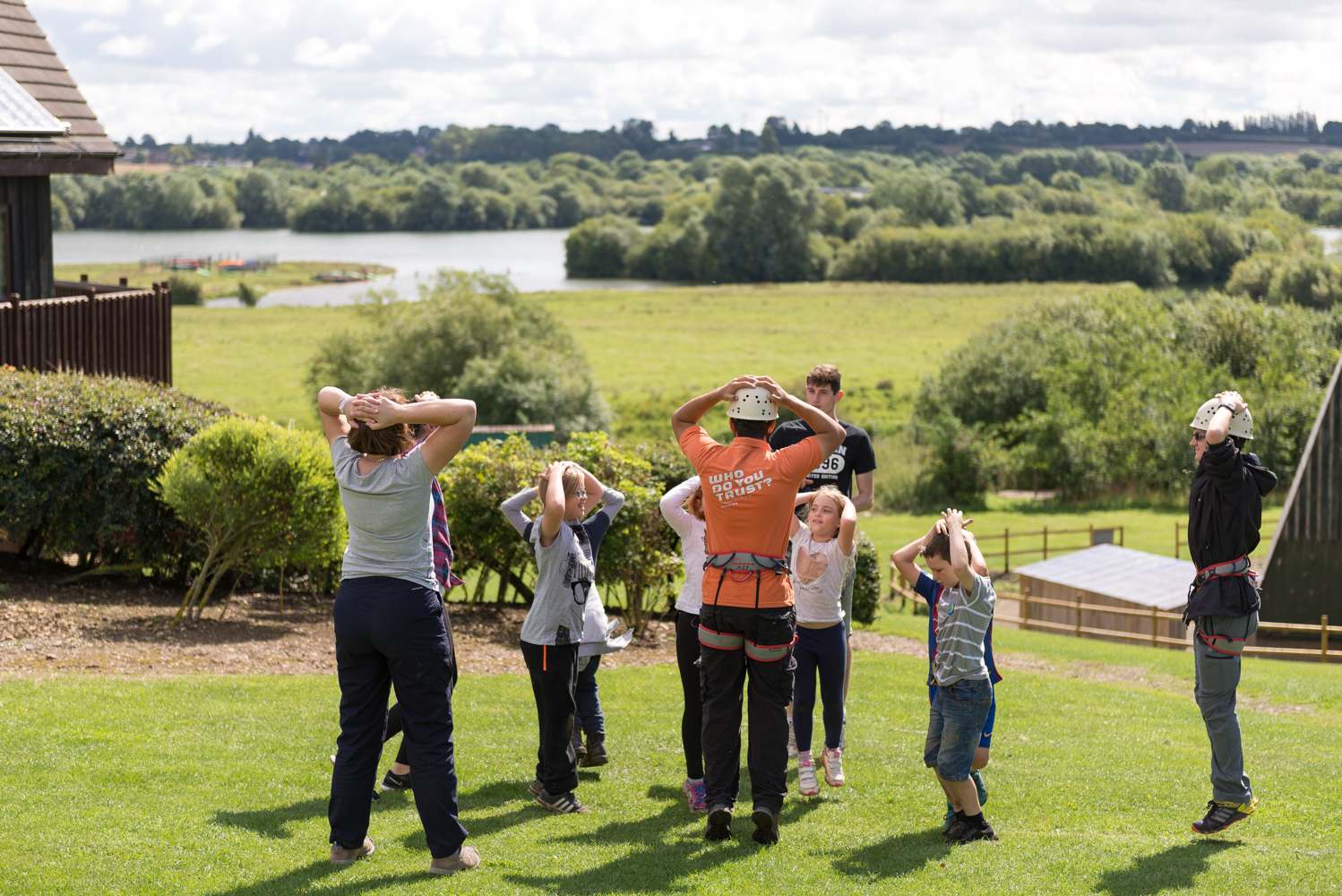Street Photography Skills Are Transferable
It's the hardest genre of photography to pick up!
Firstly, the genre of Street Photography is the single most difficult genre of photography to do, be good at and to practice because you're simply pointing your camera at strangers in the street. In today's society, people are becoming more and more aware of their image appearing on the internet and usually, object to having their picture made by a stranger on the street.
Paul Hands (2013).
In this picture above, I noticed the man approaching this painting and realised that he looked incredibly similar. The moment happened in slow motion and I couldn't believe what was happening at the time. I was completely tuned in to the environment when I came across this scene in Artists Square in the Montmartre district of Paris. I had to make sure the exposure was right, using manual controls on my camera, get the focus in the right place, frame the shot and make the picture, all without being creepy, obvious and with respect.
Paul Hands (2018)
I noticed this dog in the window, while scouting the centre of Birmingham, looking for street photographs and because there was a reflection in the window below, I had to position myself so that I wasn't in the picture as a reflection but wait until the right person passed the scene to get them in the picture. This was a necessity for the image because the general consensus for a street photograph to be classed as that, there needs to be a human element in the frame.
Paul Hands (2018)
Most of the time a street photograph works best in black and white. There's an old saying that when you photograph people in colour, you photograph their clothes but when you photograph them in black and white, you photograph their souls. For a picture to work in colour, the colour in the picture has to matter. The colours in this picture (above) matter because they're quite striking and demand attention. In black and white, this picture would just be a very average one, even now, it's still an average picture by comparison to others work.
Paul Hands (2018)
Where I've said that Street Photography skills are transferable, I'll explain. You see, to make a street photograph, you have to really tune into your environment, slow life down and watch humanity passing your eyes. You're effectively people watching but looking at the world and these people with an artistic eye. You look for meaning and a way of making sense of life. You have to be very quick with your camera too and learn to move unseen around the city. Using the skills of a street photographer, you can learn to apply them to a commercial setting. For example, I do a lot of documentary photography for my clients, telling real stories with my camera for promotional and positive reasons. I often get commissions that require my street photography skills because it tells a certain amount of truth as opposed to designing a photograph and this is a valuable commodity for certain organisations.
Paul hands (2018)
The above picture is purposefully blurred because it was made in Amsterdam and it was towards the end of the evening, with this demonstrating how I felt at the time. There's a human element and it's not close up but I've photographed the environment and placed a person for the human element within the frame.
Paul Hands (2018)
This picture is also blurry and was made in the red light area of Amsterdam. The blur is from an intentional camera movement designed to create a hectic vibe in the picture. Its design is to create tension in the frame, to make the viewer feel the chaos of the night in that place.
Paul Hands (2018)
I made the above picture in my hometown of Hinckley Leicestershire at the end of the LOROS Colour Fun Run. The light was low and casting long strong shadows. The floor was covered in paint powder from the race and it made an interesting picture. I stumbled across a child rolling around on the floor in the paint and loved the frame with the bollards, almost creating an invisible box.
Paul Hands (2018)
The above picture was from the same fun run as the photograph before and catches a very unique moment in time where these three girls are holding hands passing through the place where they're doused in pain powder. The paint itself is flying through the air and offers strong evidence of time stopping. There's also an element of the environment in the top left corner for reference, it also provides context as opposed to the paint blocking out any visual reference as to where it is. These are strong skills that can be applied to photographs for a commercial setting, especially within the events genre.
So in essence, Street Photography skills are the hardest to acquire and learn. I remember the first time I pointed my camera at a stranger in the street. I was so worried that they'd be offended and it wasn't until I learned how to do this properly without them realising and even noticing me that my pictures started to work. It's all about getting close to the subjects and telling the real story or even making up your own. To make a picture instead of taking one is the difference. Anyone can take one but making one is the difficulty and why only some pictures work and others don't.
I don't shoot weddings anymore, I used to but fell out of love with it through some awkward clients being painfully interfering with the process. My point here is that if you shoot weddings, Street Photography can really help your style, it's how you need to shoot a wedding really. Once you've done all of the portraits and the time comes to make natural looking pictures of the guests and wedding party enjoying themselves, these skills come in very handily.
I've always found that by learning to shoot street, it's sped up my decision-making process and the way in which I think visually, happens so quickly now. I can only put this down to the skills being transferable.
Try it for yourselves.
Paul Hands (2018)
